ANTARCTICA Day 5: Pleneau Island & USAP Palmer Station
Our second morning in Antarctica I woke up and looked out my window to see craggy black mountains through the fog. After breakfast we took a quick zodiac trip to the shore of Pleneau Island, a tiny little mile-long island that was currently home to hundreds of Gentoo penguins. Despite the grey foggy day, the island was alive with color; green and red algae made the snow cotton candy pink to deep red and green hues.
PLENEAU ISLAND
65°6'S 64°3'
I watched groups of Gentoo penguin chicks doing what appeared to be napping while standing up. I captured a time lapse video and saw that the young penguins become suddenly alert and huddle tightly together when a skua (a predatory bird) approaches.
I watched this penguin chick chase its mother around for a solid 5 minutes, tripping over rocks, begging for food before she finally gave in and regurgitated him a snack
I adore this penguin chick, how I would SO love to snuggle it.
CRUISING THE LEMAIRE CHANNEL
Once back on board following our excursion to Pleneau Island, the ship lifted anchor and began cruising north to our next landing site at Anvers Island. The trip brought us through the Lemaire Channel, an incredibly scenic narrow passageway with glacier covered steep black mountains on either side. I stood on the top deck taking it all in. We passed one of the only two other boats we saw in Antarctica, this one a small sailboat (and I thought crossing the Drake on our ship was bad, I can’t imagine had I been on that tiny little boat!).
While the Captain was navigating shallow or tight passages such as this channel, the front deck of the ship would be off-limits.
Cookies and creme! I could not believe the amount of snow piled up on the steep mountainsides. Antarctica has so little annual rain and snowfall, but with the freezing year-round temperatures, snow accumulates over hundreds or thousands of years and compresses forming glacial ice.
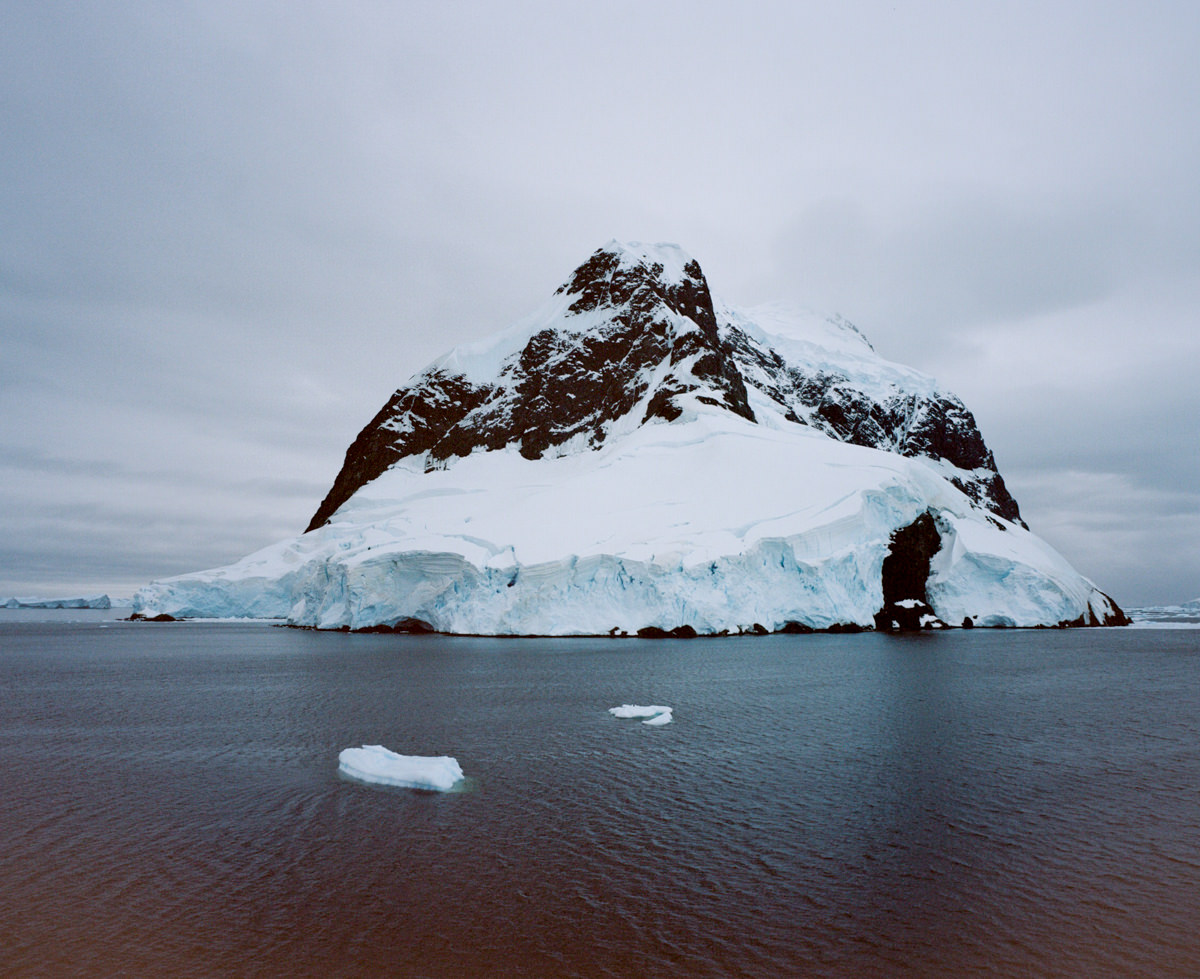
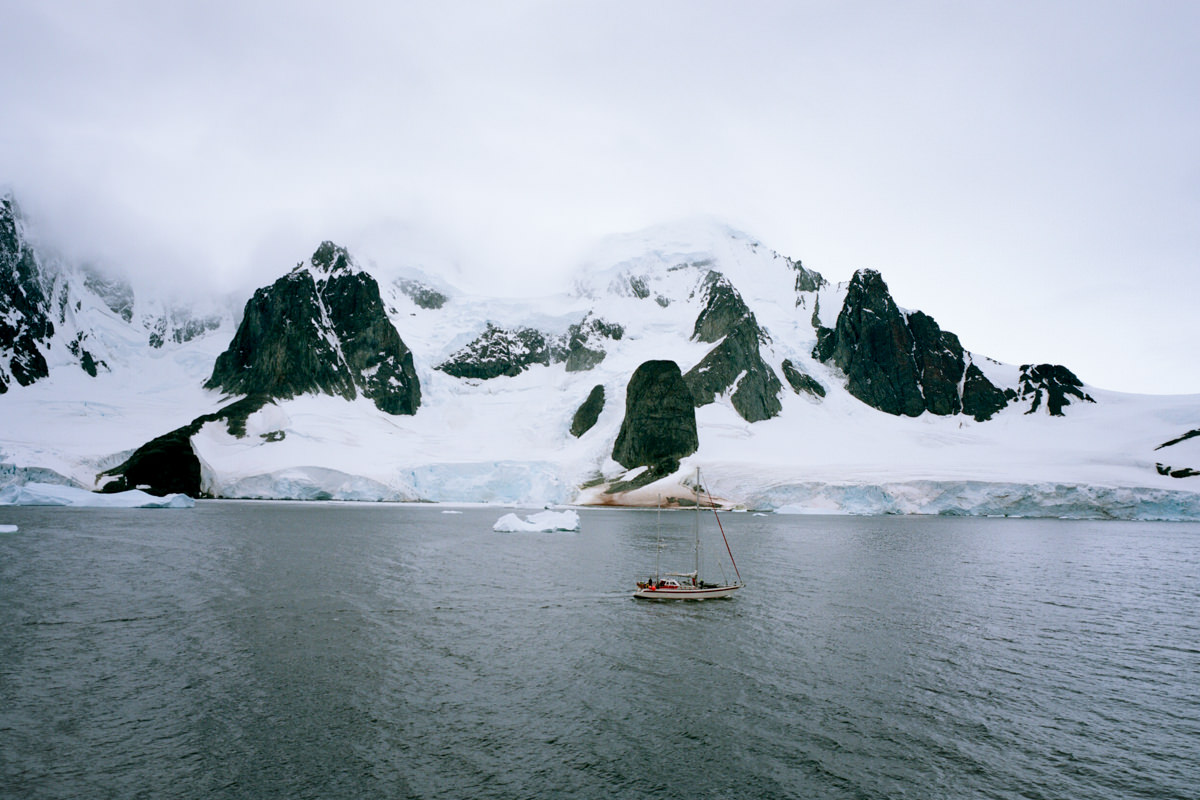
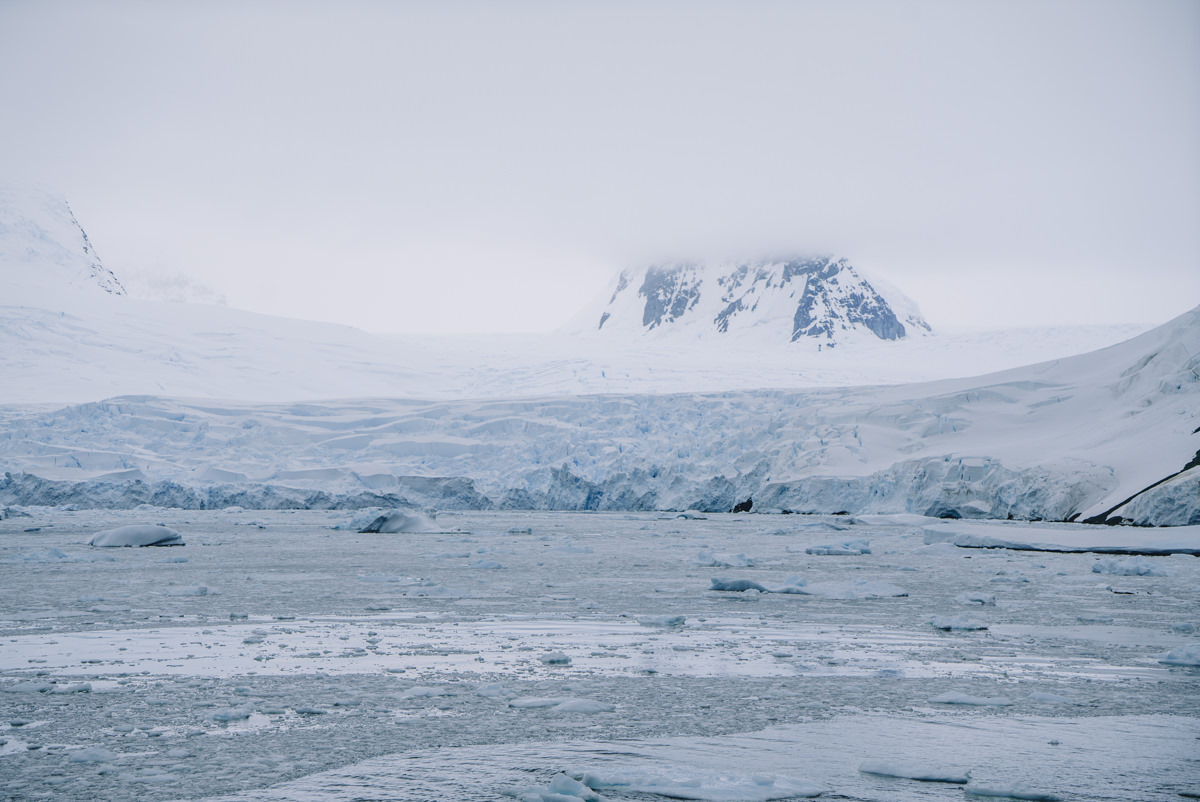
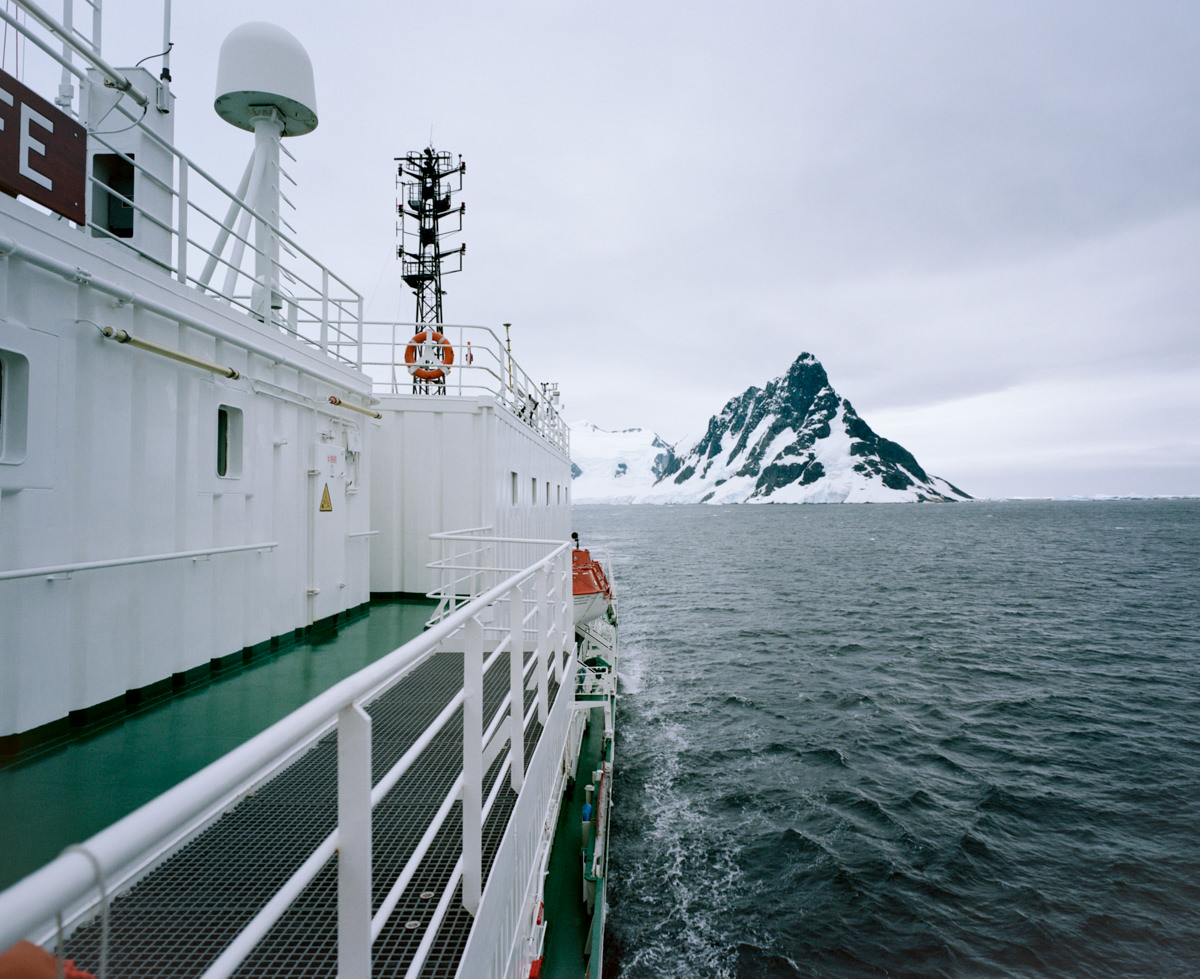
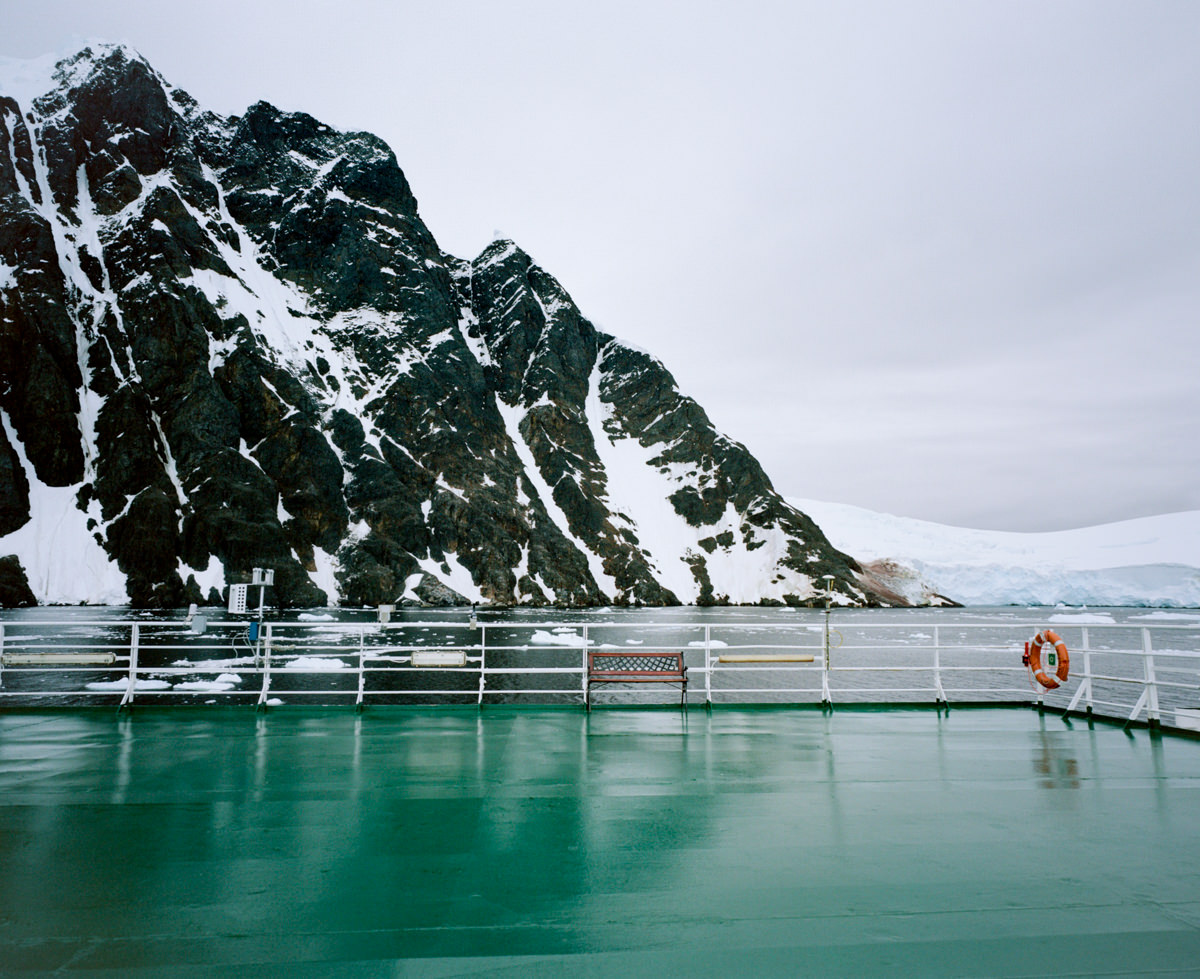
That afternoon following our morning at Pleneau Island and cruise through the Lemaire, we had lunch followed by several hours of much needed downtime. I took a nap in our cabin and woke up once we arrived at Anvers Island to another unbelievable view outside the cabin window, a perfectly framed iceberg.
U.S.A.P. PALMER STATION
Our final excursion on our second day in Antarctica was a very special visit to the United States’ Palmer Station on Anvers Island. The United States Antarctic Program has three stations; McMurdo Station, Amundsen–Scott South Pole Station, and Palmer Station. Palmer is the only US Station on the Antarctic Peninisula; Amundsen-Scott is at the South Pole and McMurdo is on the opposite side of Antarctica, south from New Zealand. Palmer is the smallest of the USAP stations, it can house a maximum of only 46 people.
Our ship currently had several scientists on board conducting a conference, and part of their plans were to attend a meeting at Palmer Station. It is not common that tourist vessels get the opportunity to visit Palmer Station, but thanks to our scientists on board, all of us passengers were invited to visit the station. Before our trip to shore, a staff scientist from Palmer came on board to give us an introduction to the work that they do at the station. It was interesting to learn the variety of subjects they study and how in-depth their studies take them to gain an understanding of not only the changing climate in Antarctica, but also meteorology, ocean currents, and the biology of the area’s unique terrestrial and undersea creatures. I was in awe of the work that they do, and wish that I had studied marine biology so that I could move to Palmer and study penguins and strange transparent, clear-blooded fish.
Our tour of Palmer ended with warm fresh baked brownies and earl grey tea. Palmer also had a gift shop where I bought USAP patches, magnets, postcards and got a cool stamp. I love the USAP logo (the inspiration for the Canada Goose jacket patch).
















